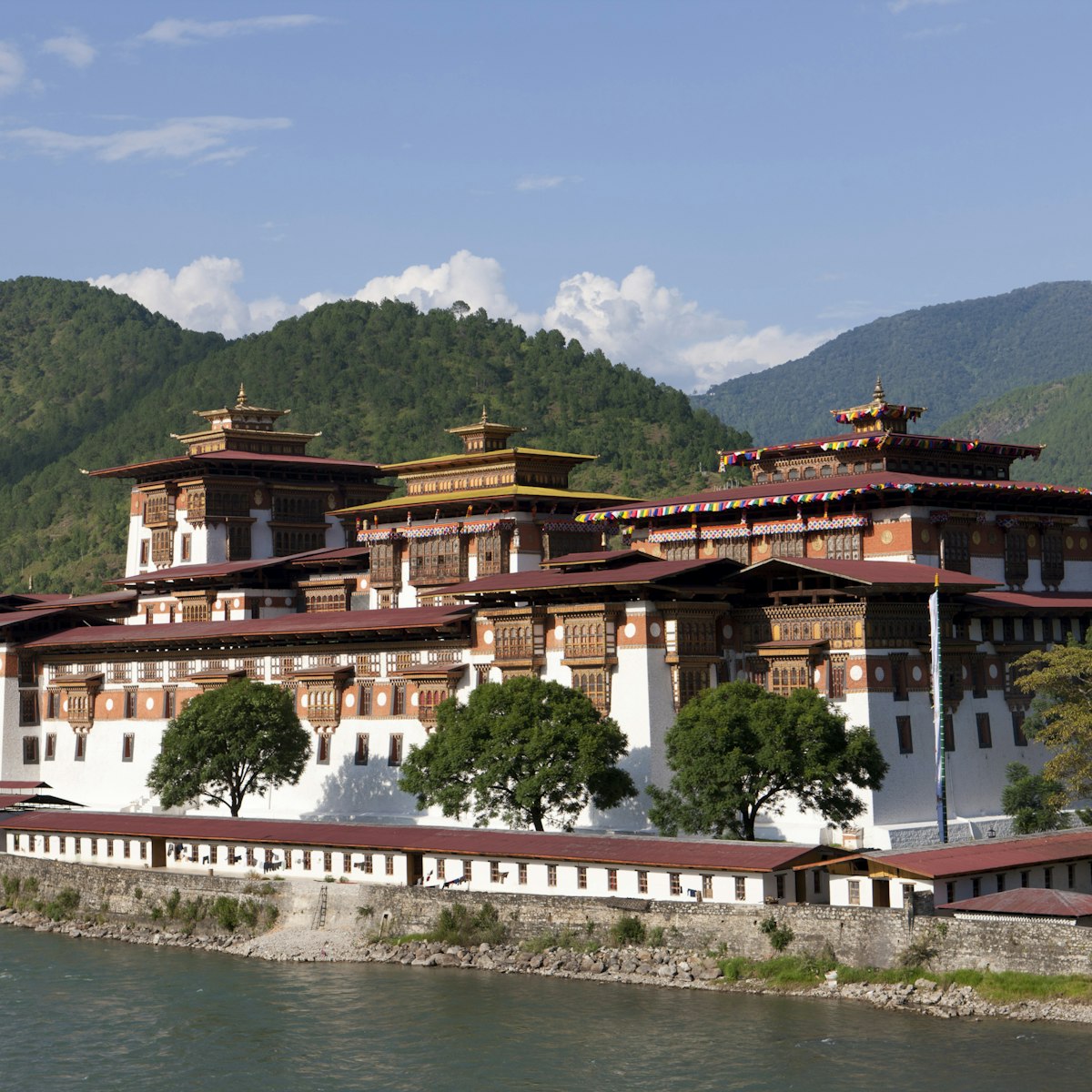Travellers with a sense of the magical will want to visit this unassuming chapel, one of eight residences (ling) built by the 14th-century Nyingma Dzogchen master and treasure-finder Longchen Rabjam (Longchenpa). Don't be put off by the plain interior: the resident monk can show you some remarkable relics and tell tales of saints and miracles worthy of Chaucer.
Ask politely and the caretaker may bless you with an old thangka (painted or embroidered religious picture) whose back bears the handprints of Longchenpa printed in his own nose blood; a golden statue made in Longchenpa's own image; a fossilised horse's tooth; and an iron skillet made by Pema Lingpa, with his thumbprints in it. Your guide will be thrilled.
The next-door protector chapel is dedicated to Dzogchen protector Dza (Rahula), whose nine-headed body is covered in eyes and has a snake's lower half. The bowl of sacred water here comes from a nearby spring and is claimed to have the power to cure epilepsy and paralysis.
The caretaker can point you towards a 10-minute walk to the huge centuries-old cypress tree said to have sprouted from Longchenpa's upside-down walking stick. On the way back you can stop at two sacred springs at the base of the hill, where pilgrims fill up bottles of drub chhu (holy water). The lhakhang is accessed from a side road just above the Amankora resort.
Longchenpa founded other 'lings' at Tharpaling in Bumthang, Ogyen Chholing Palace in Tang, and Dechen Chholing Goemba in Shingkhar.




